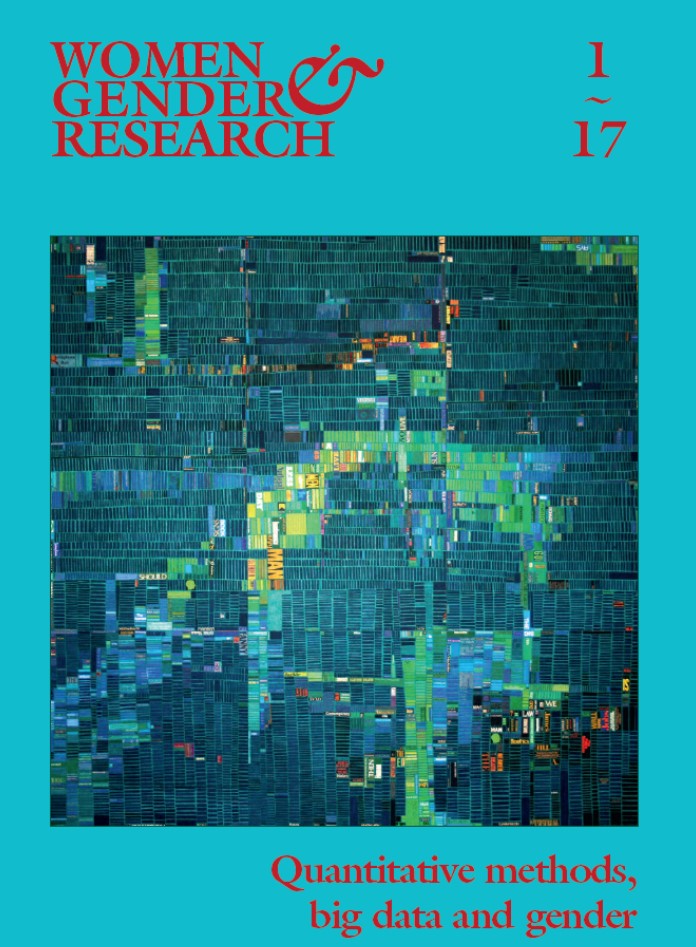The roads more or less traveled - A sequence analysis of family formation and parenthood for a cohort of Danish women born in the 1970s
DOI:
https://doi.org/10.7146/kkf.v26i1.109784Nøgleord:
fertility, family formation, sequence analysis, life course, longitudinal date, registry-based researchResumé
Relatively low fertility and an increased age at first birth, along with the development of assisted reproduction technologies have increased attention to when and how many times Danish women give birth. While some argue that family formation has become increasingly plural and differentiated, others maintain that the nuclear family remains the ideal family for the majority of women. In this article, I investigate family formation trajectories for a random sample of 1,500 women born in 1973 and 1974. For this sample, I perform sequence analysis of longitudinal registry data on civil status, fertility, education and income through the ages 22 to 37. Focusing on timing, order and duration in the sequences studied, I identify seven distinct clusters (i.e. typologies) of family formations in Denmark. The majority (68 percent) of the women’s trajectories represent varieties of the nuclear family. For all clusters, my results confirm the event of the first child as a constituting factor of the nuclear family, which often precedes marriage. However, the identified clusters also show great variation when it comes to age at birth of first child, socio-economic status and overall turbulence in their trajectories.
Downloads
Publiceret
Citation/Eksport
Nummer
Sektion
Licens
Udgivelser i Kvinder, Køn og Forskning er beskyttet under Creative Commons License: CC Attribution-NonCommercial 4.0

